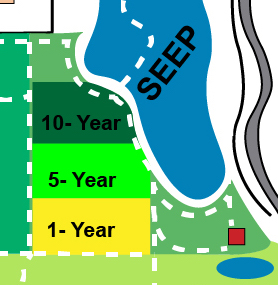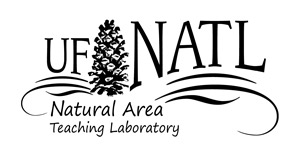
Old-Field
Introduction
An "Old-Field" refers to an area where natural communities have been cleared for agricultural or pastural purposes. The vegetation composition and structure changes in these areas overtime from initial disturbance to extended fallow periods. Old-field communities are common across much of the landscape but can vary in composition based on the intensity, time-since disturbance, and various abiotic factors present. Oftentimes these communities though are dominated by plant species known as ruderals, or rather those with traits that make them better equipped to disperse and colonize areas quickly. At NATL, the old-field area was used decades ago as a construction dumpsite. The soil profile in this area is thus very disturbed and still filled with concrete debris in areas. Restoration of this area to its previous natural communities is virtually impossible due to large changes in abiotic factors. From 1990s to 2020 this area was managed with reoccurring tilling sequences to demonstrate ecological succession. Recurrent problems related to invasive species management and apparent loss in soil seedbank diversity spurred changes in management in 2019. Today this area is managed with a focus on fostering ruderal and wildflower species diversity. In doing so plot mowing/tilling sequences and rotations were changed and introduced. Currently the area features three plots designated as 1-Year, 5-Year, & 10-Year mow/till sequences. After 10-Years these areas will rotate from South to North.
Historical Data
Data
- Soils of the old-field plots shows how the soils of old field plots vary from "natural" to "disturbed" to "highly disturbed" and gives details of the numerous soil cores taken to establish the nature of the soils and their distribution within and among the plots.
- Starts, re-starts, and planned re-starts includes a series of maps that show major changes in the planned boundaries of NATL's Old-Field Ecosystem between 1993 and 1997, the year that the first of the 10-year plots was started.
- Status of old-field plots in fall 2012, the year of the first re-start of Plot A (with map).
Photos
Management



